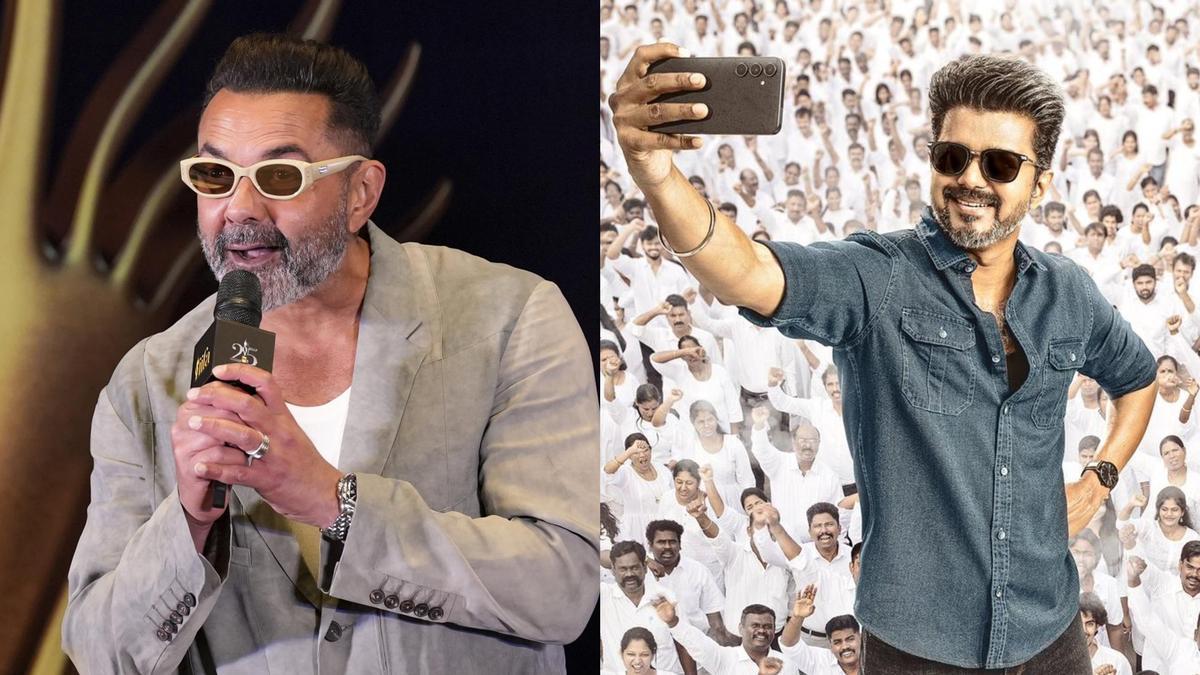
Rohit Sharma and Virat Kohli have returned to the playing XI for the first One Day International (ODI) against Sri Lanka in Colombo. Their comeback has stirred excitement among fans, but one notable absence has caused a wave of speculation and curiosity: Hardik Pandya. The all-rounder, who played in two out of the three-match T20 International (T20I) series, is conspicuously missing from the ODI squad. Here’s a detailed look at why Hardik Pandya isn’t featuring in this series and what it means for Team India moving forward.
Hardik Pandya’s absence from the ODI series isn’t rooted in any immediate injuries or performance issues. Instead, it’s a matter of personal choice. Pandya had communicated his decision to the Board of Control for Cricket in India (BCCI) and the team management well before the selection for this series. According to these communications, Hardik cited personal reasons for opting out of the ODI leg of the tour. Consequently, he was only included in the T20I squad and not the ODI team.
For those who might not follow the intricacies of player management closely, it’s essential to understand that cricket boards and team managers often have to accommodate players’ personal circumstances and manage their workloads effectively. Hardik Pandya’s case is no exception. He played in the first two T20I matches and was rested for the third T20I, which ended in a tie before India clinched victory in the super over. This rest was aligned with the team’s strategy to ensure that Hardik remains in peak condition for future crucial fixtures.
During the T20I series, Hardik Pandya managed to put in a valuable performance despite the limited appearances.
. He accumulated 31 runs and took two wickets in the six overs he bowled across the two matches. Interestingly, this series saw Hardik playing under the captaincy of Suryakumar Yadav, an insightful move by the team management aimed at managing Hardik’s workload while testing the leadership abilities of other players in the team.
Beyond the immediate context of the T20Is and the ODIs against Sri Lanka, it’s vital to look at Hardik Pandya’s recent contributions to Indian cricket. Notably, he played a pivotal role in India’s victorious campaign at the T20 World Cup. The victory was significant as it ended an 11-year drought of ICC trophies for the Indian team. Hardik’s performance in the final against South Africa was especially memorable. He bowled the crucial last over defending 16 runs and succeeded in dismissing David Miller on the very first ball, a move made possible by a sensational catch from Suryakumar Yadav.
Looking ahead, fans of Hardik Pandya won’t have to wait long to see him back in action. He is expected to be part of the T20I series at home against Bangladesh scheduled for October. Additionally, his next appearance in the ODI format will be early next year, when India faces England just before the Champions Trophy.
The decision to rest Hardik Pandya and manage his workload is a strategic move, acknowledging the demanding nature of international cricket. The importance of preserving the health and fitness of one of India’s key players can’t be overstated, especially considering his all-round contributions, both with the bat and the ball.
As for the immediate fixture, here’s how the playing XIs line up for the first ODI in Colombo:
**India** – Rohit Sharma, Shubman Gill, Virat Kohli, Shreyas Iyer, KL Rahul, Washington Sundar, Shivam Dube, Axar Patel, Kuldeep Yadav, Mohammed Siraj, Arshdeep Singh
**Sri Lanka** – Pathum Nissanka, Avishka Fernando, Kusal Mendis, Sadeera Samarawickrama, Charith Asalanka, Janith Liyanage, Wanindu Hasaranga, Dunith Wellalage, Asitha Fernando, Akila Dananjaya, Mohamed Shiraz
The Indian team aims to put up a strong performance despite the absence of Hardik Pandya and the return of key players like Rohit Sharma and Virat Kohli promises to make the series an exciting one. The time off for Hardik reflects a thoughtful approach by the team management, ensuring that India’s all-rounder can continue to deliver his best in the long run.










